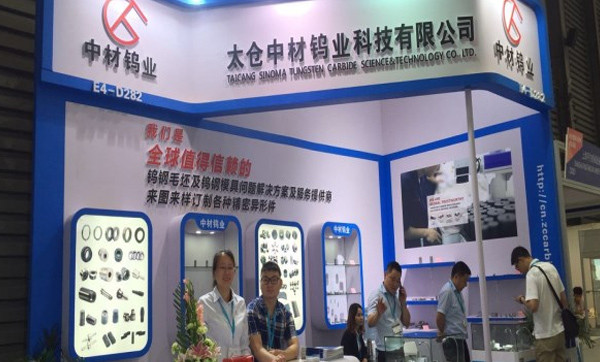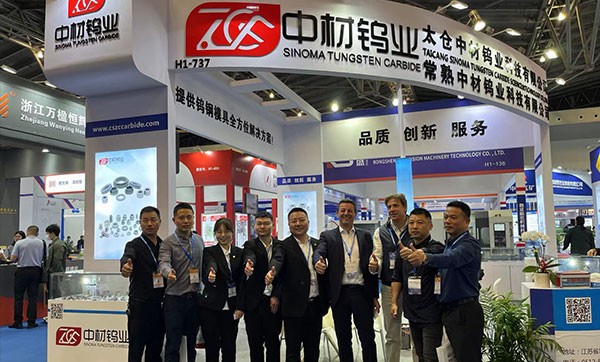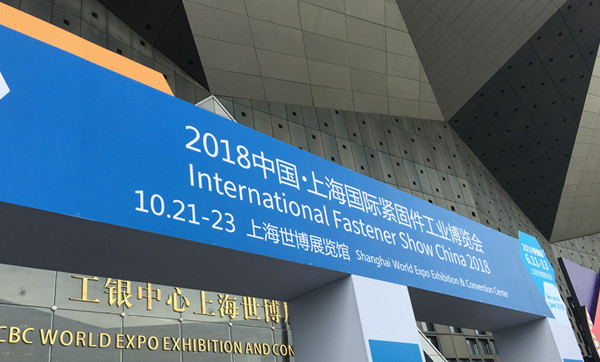Tungsten carbide is a highly durable and wear-resistant material widely used in the production of molds, cutting tools, and other industrial components. However, its exceptional hardness and toughness make it challenging to machine using conventional methods. This is where advanced machining technologies, such as slow-feeding wire-cut machines, come into play. Slow-feeding wire-cut machines, also known as low-speed wire electrical discharge machining (LS-WEDM) machines, have revolutionized the production of tungsten carbide molds. This article explores the key advantages of using these machines in the tungsten carbide mold production process.
One of the most significant advantages of slow-feeding wire-cut machines is their ability to achieve extremely high levels of precision and accuracy. Tungsten carbide molds often require intricate designs and tight tolerances, which are difficult to achieve with traditional machining methods. Slow-feeding wire-cut machines use a thin, electrically charged wire to erode the material with pinpoint accuracy, enabling the production of complex geometries and fine details. This precision is critical for ensuring the functionality and longevity of the molds.
The slow-feeding process minimizes the occurrence of surface imperfections, such as burrs, cracks, or rough edges, which are common in conventional machining. The controlled erosion of the material results in a smooth surface finish, reducing the need for additional post-processing steps like grinding or polishing. This not only saves time but also ensures that the molds maintain their dimensional integrity and performance over time.
Traditional machining methods, such as milling or grinding, can induce significant thermal and mechanical stress on tungsten carbide, leading to micro-cracks or deformation. Slow-feeding wire-cut machines, on the other hand, use a non-contact process that generates minimal heat and stress. This preserves the structural integrity of the material, ensuring that the molds are free from defects and have a longer service life.
Tungsten carbide molds often feature intricate shapes, undercuts, and sharp corners that are challenging to produce with conventional tools. Slow-feeding wire-cut machines excel in machining complex geometries, as the wire can be precisely controlled to follow intricate paths. This capability allows manufacturers to create highly customized molds that meet specific design requirements, expanding the possibilities for innovation in mold production.
While the initial investment in slow-feeding wire-cut machines may be higher than traditional machining equipment, their long-term cost-effectiveness cannot be overlooked. The reduced need for secondary processing, lower material waste, and extended mold lifespan contribute to significant cost savings over time. Additionally, the high precision and repeatability of these machines minimize the risk of errors, reducing the likelihood of costly rework or scrap.
Slow-feeding wire-cut machines are designed for continuous operation, allowing for uninterrupted production cycles. Their automated features, such as programmable cutting paths and real-time monitoring, enable efficient and consistent machining of tungsten carbide molds. This enhances overall productivity, enabling manufacturers to meet tight deadlines and scale up production as needed.
The slow-feeding wire-cut process is more environmentally friendly compared to traditional machining methods. It produces less waste material and does not require the use of cutting fluids or coolants, which can be harmful to the environment. This aligns with the growing demand for sustainable manufacturing practices in the industry.
Slow-feeding wire-cut machines are not limited to tungsten carbide; they can also be used to machine other hard materials, such as titanium, hardened steel, and ceramics. This versatility makes them a valuable asset in any manufacturing facility, allowing for a wide range of applications beyond mold production.
The use of slow-feeding wire-cut machines in tungsten carbide mold production offers numerous advantages, including high precision, superior surface finish, reduced material stress, and the ability to machine complex shapes. These benefits translate into cost savings, enhanced productivity, and improved product quality, making slow-feeding wire-cut machines an indispensable tool in modern manufacturing. As the demand for high-performance molds continues to grow, adopting advanced machining technologies like slow-feeding wire-cut machines will be crucial for staying competitive in the industry.
Since its establishment, ZCCF Tungsten Carbide has introduced slow-feed wire-cutting machines. So that we can meet customers' high requirements of tungsten carbide dies.




